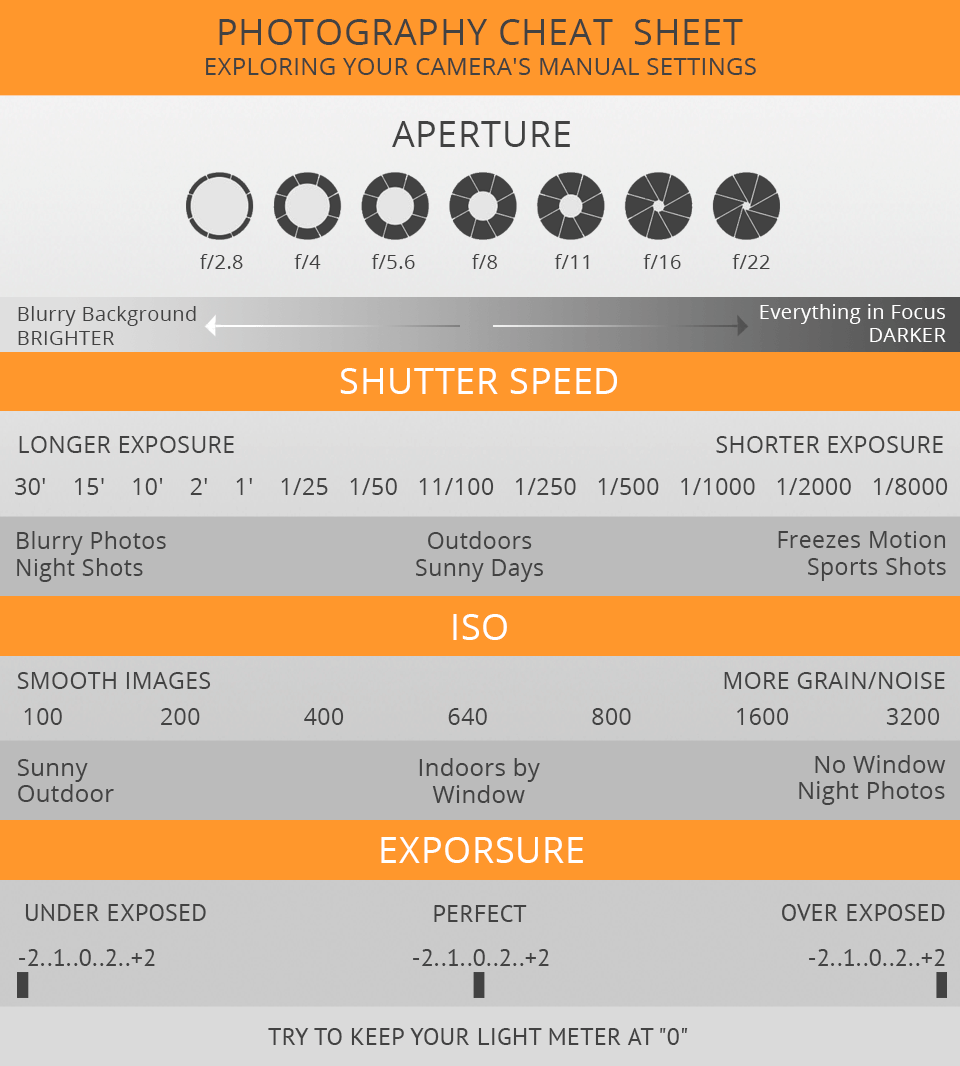Photography Tips For Beginners: Mastering Your Camera In No Time
Photography Tips For Beginners: Mastering Your Camera In No Time
Blog Article
Published By-Tobin Turan
When you initially pick up your electronic camera, it can feel frustrating with all the settings and alternatives offered. You could find yourself questioning just how to browse aperture, shutter rate, and ISO properly. Understanding these fundamentals is important, but there's even more to photography than just technical knowledge. Understanding structure strategies and lights problems can boost your photos dramatically. So, suppose you could find out easy methods to improve your abilities and begin recording remarkable images quicker than you think? Let's explore how to change your digital photography trip.
Comprehending Camera Settings
Understanding your cam settings is critical for recording magnificent photos. When you pick up your video camera, familiarize on your own with the 3 main setups: aperture, shutter rate, and ISO. Each plays an important role in just how your images turn out.
Start with aperture, which manages the amount of light getting in the lens. A bigger aperture (lower f-number) lets in more light and develops a beautiful history blur, ideal for portraits. On the other hand, a narrower aperture (higher f-number) keeps even more of the scene in emphasis, ideal for landscapes.
Next, focus on shutter rate. Headshot portrait establishes how much time your electronic camera's sensor is subjected to light. A rapid shutter speed freezes motion, which is wonderful for activity shots, while a sluggish shutter speed can produce magnificent effects like smooth water in landscapes.
Finally, change your ISO. This setup influences your camera's sensitivity to light. A higher ISO is useful in low-light scenarios however can present sound or grain. Go for the lowest ISO possible while still attaining proper direct exposure.
Composition Methods
When you're out capturing, structure can make all the distinction in just how your photos resonate with audiences. Beginning by utilizing the policy of thirds; envision your structure divided right into nine equivalent areas with 2 horizontal and two upright lines. Position crucial elements along these lines or at their crossways to develop equilibrium and interest.
Next, consider leading lines. These natural lines in your scene, like roadways or rivers, attract the viewer's eye right into the photograph, assisting them through the story you're telling.
Don't ignore mounting; use aspects within your scene, like trees or home windows, to develop a frame around your topic, including deepness and focus.
Additionally, watch on your background. A messy history can distract from your major topic, while an easy one aids it attract attention.
Lastly, try out symmetry and patterns; they can produce a striking photo that captures interest.
Mastering Lights Conditions
Mastering illumination problems is critical for catching sensational photographs, as the right light can change a common scene into something phenomenal.
Beginning by observing https://telegra.ph/Open-Your-Mind-To-A-World-Of-Innovative-Photography-Ideas-That-Challenge-Conventions-And-Inspire-Creative-Thinking-Exposing-A-Br-01-08 -natural light at various times of the day. Mornings and late afternoons offer the most effective light, called the golden hour. The soft, warm tones during these times can improve your images beautifully.
Do not shy away from cloudy days either; diffused light can lessen severe shadows and create a pleasing impact, specifically for pictures.
Explore backlighting by placing your topic against the light source. This strategy can create a dreamy halo impact and include depth to your images.
Focus on your cam setups as well. Adjust the ISO, aperture, and shutter speed to fit the lighting conditions. A greater ISO can aid in reduced light, however beware of grain.
Utilize a tripod in darker settings to prevent blur.
Lastly, don't neglect artificial lights. Flash and constant lights can be wonderful tools for regulating light in difficult conditions.
Verdict
To conclude, understanding your cam does not need to be frustrating. By comprehending your settings, applying make-up techniques, and utilizing the power of natural light, you'll swiftly boost your digital photography abilities. Remember, exercise makes best, so get out there and try out your newly found understanding. With time and dedication, you'll be recording sensational pictures that reflect your one-of-a-kind perspective. Appreciate the trip, and do not fail to remember to enjoy while you go to it!
